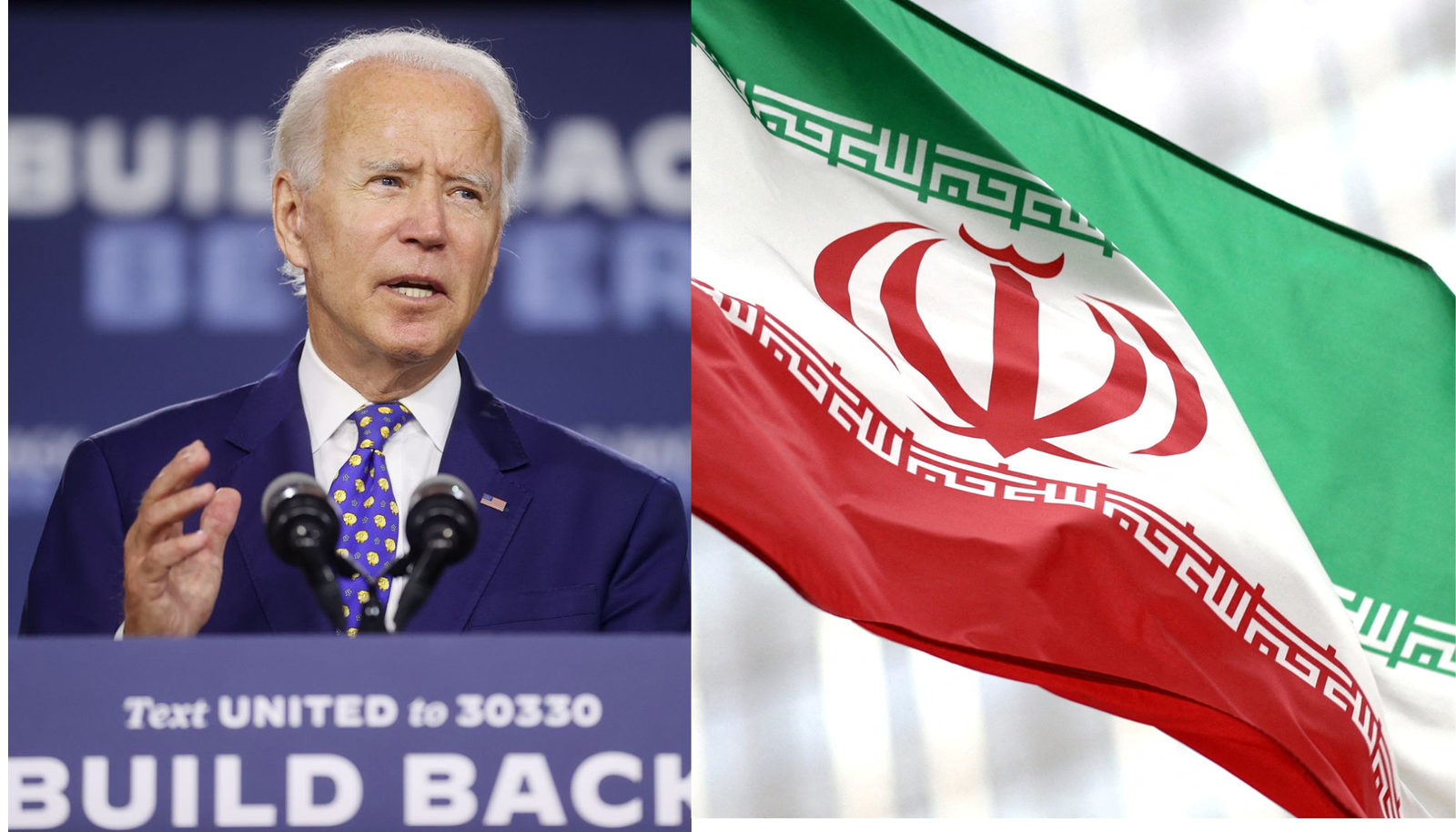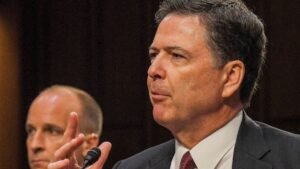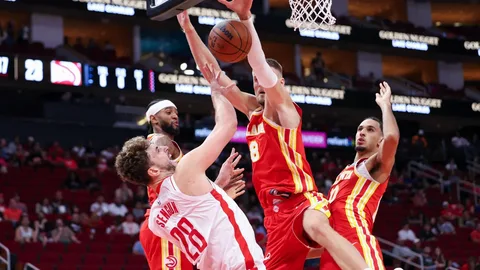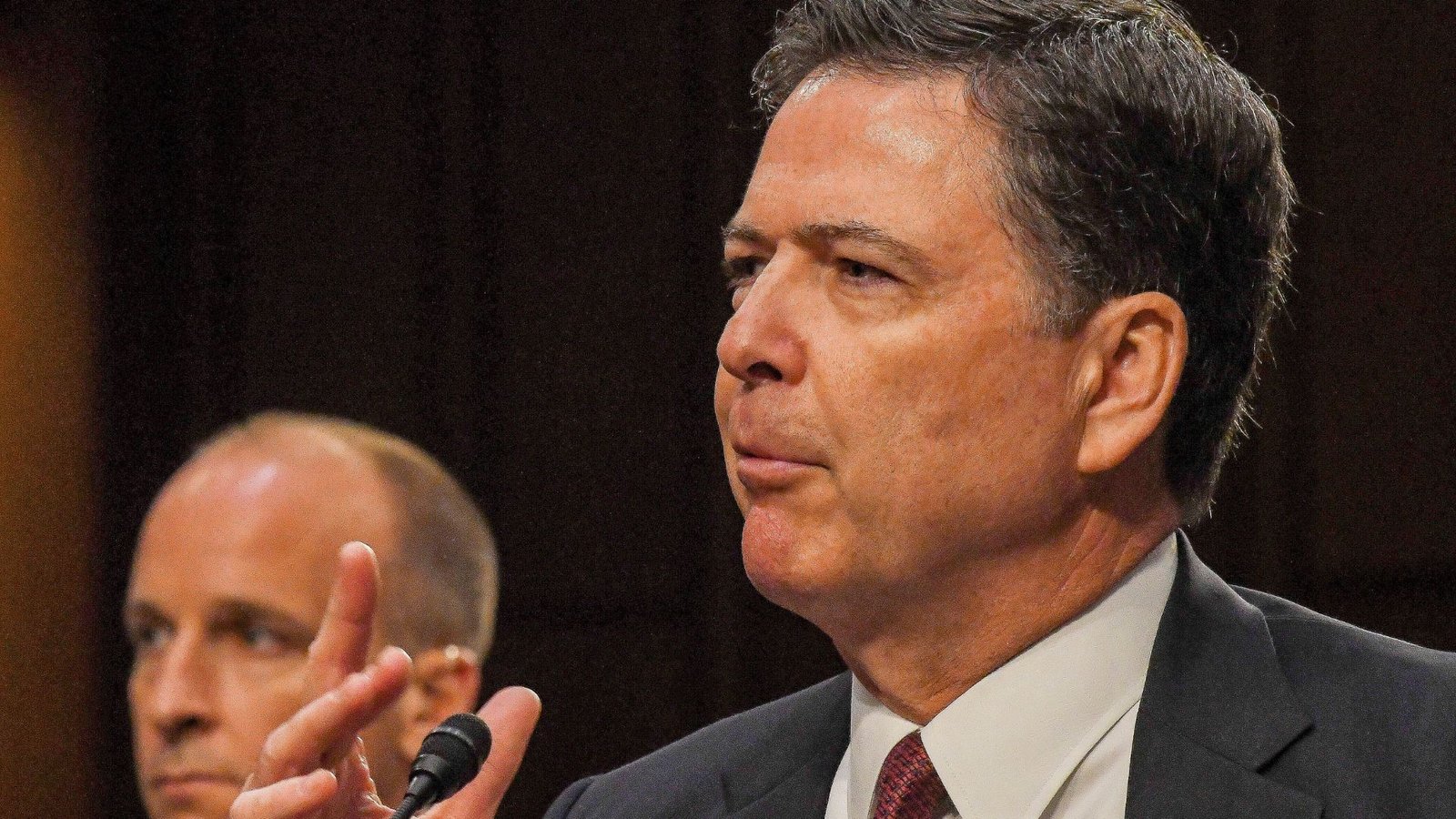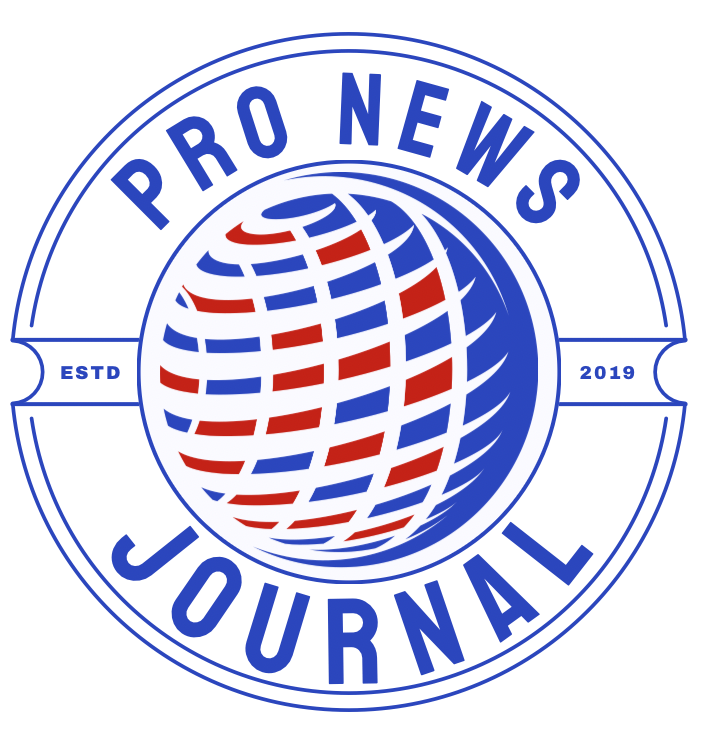Iran’s nuclear program is the geopolitical hairball America just can’t seem to untangle. A standoff that has shaped U.S. policy in the Middle East for over a decade. Which forces Washington into a tough dilemma. Ramp up the pressure and risk a war, or ease off and hope Iran doesn’t exploit the opening. The 2015 nuclear deal, known as the Joint Comprehensive Plan of Action (JCPOA), was intended to be a game-changer. A trade off that limited Iran’s uranium enrichment in exchange for some economic relief. For a brief moment it seemed to deliver. Then came 2018.
The Trump administration tore up the JCPOA, saying it was half-baked—pointing to issues like ballistic missiles and Iran’s shadowy dealings in Syria and Yemen. What followed was a predictable cascade of tit-for-tat. Washington heaped on sanctions, while Tehran dialed back its nuclear commitments. They claimed their research was peaceful, but with trust in the dumpster, nobody in the West was buying it. The cycle spiraled: more sanctions, more enrichment, and even less room for diplomacy.
Iran, understandably, played hardball. From their perspective, if the U.S. could rip up an agreement on a whim, why honor it? Western officials called it brinkmanship; Tehran might call it survival. Ordinary Iranians, meanwhile, were crushed under sanctions that tanked their economy and drove basic goods out of reach. The nuclear standoff became more than a policy issue—it was a daily grind for millions.
The strategy at play here is what policy wonks like to call “coercive diplomacy,” a dressed-up way of saying, “squeeze until they break.” In theory, it’s a way to avoid war. In practice, it’s a slow-motion collision. The hawks in Washington swear by it. They argue that Iran needs to feel the heat—that anything less than maximum pressure signals weakness. Some counter that this playbook only fuels Iran’s urgency to go nuclear. After all, when the threat of airstrikes looms, a functional weapon starts to look like insurance.
And that debate isn’t just academic. It’s tearing through D.C. policy circles like wildfire. One camp wants to bring back the JCPOA, or at least salvage its bones. They argue it was flawed but functional—a way to keep an eye on Iran’s nuclear ambitions. The other side insists on ramping up sanctions and cutting Iran off entirely unless they abandon their missile program and regional ambitions. For lawmakers, it’s a no-win scenario: no one wants another Middle East quagmire, but letting Iran edge closer to nuclear weapons is a nightmare they can’t ignore.
What complicates things even more is the regional powder keg. Israel has made it clear they won’t hesitate to bomb Iran’s nuclear facilities if they feel threatened. Saudi Arabia and the Gulf states might not be eager for war, but living next door to a nuclear-armed Iran is an even less appealing prospect. For the U.S., it’s a high-stakes chess game with potentially deadly consequences. An open conflict risks dragging in Russia, China, and every regional player with a grudge.
So, what are the options? Reviving the nuclear deal—or brokering a new one—could reset the rules and lower the temperature. But both sides would need to make concessions, and trust is in short supply. Combining sanctions with incentives might offer a path: push Iran toward compliance, but throw in economic relief as a carrot. Then there’s the military option, the nuclear button in its own way. Airstrikes could set Iran’s program back, but the blowback would be catastrophic, turning the region into an even bigger mess than Iraq or Afghanistan.
Ultimately, Washington keeps circling the same question: how do you stop a country from building nukes without sparking a war? There’s no clean answer. Every path forward comes with a steep price tag—not just for the U.S., but for global stability and America’s already frayed credibility.
For now, it’s a waiting game. Policymakers must choose whether to ramp up sanctions or extend an olive branch. One thing, however, is clear: tough talk alone won’t cut it. If the U.S. wants to break the cycle, it needs a strategy that blends pragmatic toughness with a readiness to negotiate.
